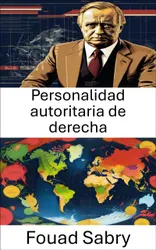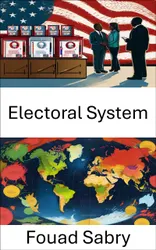Overview
In today's world, where information shapes our perspectives, understanding propaganda is vital for political science. This analysis explores how persuasive communication influences public opinion and policy. It delves into propaganda techniques and their societal impacts, offering critical insights into how messages are crafted and their broader effects.
Chapter Summaries
Chapter 1: Propaganda – Introduction to propaganda with a definition and historical context.
Chapter 2: Psychological Warfare – How psychological tactics shape political influence.
Chapter 3: Harold Lasswell – Lasswell’s key contributions to propaganda theory.
Chapter 4: Black Propaganda – The origins and secret methods of black propaganda.
Chapter 5: Media Manipulation – The strategic use of media to influence public opinion.
Chapter 6: Appeal to Emotion – The role of emotions in swaying public sentiment.
Chapter 7: Political Warfare Executive – Political strategies that drive national and global agendas.
Chapter 8: Institute for Propaganda Analysis – Promoting media literacy to combat misinformation.
Chapter 9: Propaganda in Nazi Germany – How Nazi propaganda shaped ideology and societal change.
Chapter 10: Propaganda in the United States – Propaganda’s role in shaping U.S. policy and public views.
Chapter 11: Randal Marlin – Marlin’s insights into propaganda’s impact on democracy.
Chapter 12: Ethnic Hatred – How propaganda incites ethnic hatred and its effects.
Chapter 13: Propaganda Techniques – A review of key propaganda techniques and their influence.
Chapter 14: Crowd Manipulation – Methods used to control crowd behavior through messaging.
Chapter 15: Yale Attitude Change Approach – Insights into how attitudes are changed through propaganda.
Chapter 16: Propaganda: The Formation of Men's Attitudes – How propaganda molds individual and public opinions.
Chapter 17: Counterpropaganda – Strategies to counter misleading narratives and promote truth.
Chapter 18: History of Propaganda – A historical look at propaganda’s evolution through the ages.
Chapter 19: Bruce Lannes Smith – Smith’s contributions to the understanding of political propaganda.
Chapter 20: Incitement to Genocide – How propaganda has been used to provoke genocidal violence.
Chapter 21: Emma Briant – Briant’s contemporary research on propaganda and its media impacts.
Closing
This book offers more than an academic exploration—it gives readers a crucial understanding of the persuasive tools shaping global societies. Whether for students, professionals, or the curious, the insights provided are invaluable in navigating today’s information-saturated world.












